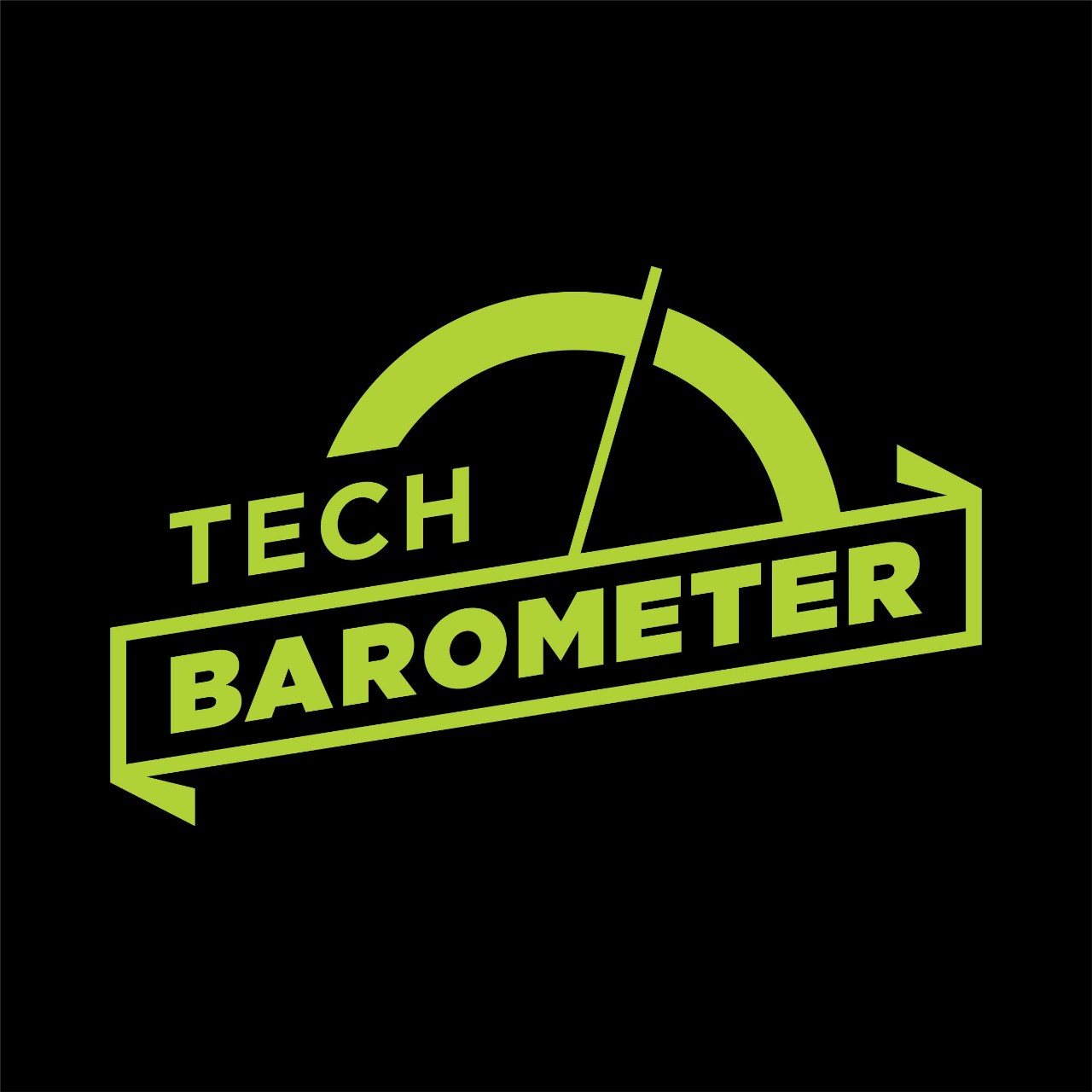We are inundated by data. Whether it is in the form of emails, texts, business information, social media, or scientific data – data proliferation is increasing at an astounding rate. According to an IBM study, 90% of the world's data was created in the past two years. The primary source of this expanding data stream is Internet of Things (IoT) sensors and devices. And with this many data-producing devices, the ability to handle and make sense of that data becomes a much more significant challenge.
“How do you manage tens of thousands of devices that are literally spread out across the planet?” asked Satyam Vaghani, SVP/GM of IoT and AI for Nutanix.
“How do you secure them? How do you let humans interface to them but in a way that doesn't compromise security? Because there is no way humans can interface to 10,000 devices.”
He said the larger use cases of computing in the future is going to be computing to solve the needs of machines.
“From sensors all around the world, at airports, in factories and retail stores, and oil rigs.”
Machines Serving Machines
Vaghani said that IoT is still in its infancy and is currently in a deployment phase with new apps, devices and sensors generating so much new data. It’s no longer just about machines serving humans.
“The larger use cases in the future are going to be computing to solve the needs of machines. This includes sensors from all around the world, in places like airports, factories, retail stores, oil rigs and more,” said Vaghani.
One of the challenges to managing data from IoT at scale is the fragmented technology landscape, according to Jessica Groopman, Industry Analyst and Founder of Kaleido Insights. She points to the vast gaps in interoperability that have to be bridged in the technology stack in order to get a handle on all that data.
“Some of those gaps have to do with missing standards,” she said. “Some of them have to do with companies being very competitive and proprietary in nature and not wanting to integrate with their competitors.”
Consumers or business users don't care about the competitive landscape, she said.
“They just want their product to work. Some of the technical barriers include integration and interoperability standards, while some of the cultural elements include the competition of platforms versus proprietary products.”
IoT Needs an OS
According to Vaghani, the call by technologists is getting louder for a new OS to manage and provide the framework for IoT to operate in. This framework will allow for the standards and interoperability by finding common design patterns across disparate use cases.
“Somebody needs to provide an operating system treatment to bringing all those design patterns together into a substrate that is widely available for many different types of use cases,” he said.
“While use cases may be vastly different, there are common design patterns that might apply across them. There needs to be an operating layer for IoT that cares about application life cycle management for IoT applications or infrastructure life cycle management.”
Groopman agrees.
“Having this kind of layer, or a way to connect all of these different datasets, is a systemic opportunity and also a systemic challenge,” she said. “Historically disconnected data sets make it impossible to even gather data sets into something more streamlined. This is a major missing piece and layer.”
An OS Can Provide IoT Security
Groopman calls the technical challenges to creating an OS to manage IoT an opportunity on many levels. While IoT can expose vulnerabilities and increase risks for cyberattacks, building a system from the ground up means having the ability to create a secure system by design.
“IoT is a topology,” she said. “You have the data center, the network, the device, and the firmware. You have these interactions across multiple users. You have different sources of data coming in. It's a really complex ecosystem even for one device. And so the volume of attack surfaces is increasing. And the complexity of the risks at each of those surfaces is also changing rapidly.”
And while interoperability and security can both benefit greatly by a ground up IoT-centric OS, Groopman said there are also nontechnical business, societal and cultural barriers that can impede such an approach.
“We don't trust these IoT devices today,” she said. “Whether we're talking about security challenges, privacy challenges, or just data governance. We do not have an infrastructure standard for trust around not just the devices and those device identities, and who has access and who controls those devices, but the data that they emit and how that data is used. So the question of trust in governance is arguably just as important as the technical barriers to get from where we are today to what we envision as this more predictive autonomous future.”
Groopman goes further and said the challenge for IoT and a potential OS isn't just connecting apps, platforms, APIs, data centers and devices. It needs to be a meaningful connection. Helping to think of data as an asset —an asset to be stewarded, not just as fuel to drive business models — can help provide that definition within organizations.
“There's a lot of talk today of data as oil,” she said. “But in many ways, thinking about data as an asset, an asset that is not necessarily owned but stewarded, based on parameters and controls, is one of the most essential questions to the future of the economy.”
The coming tidal wave of data is one to two magnitudes beyond what the systems of today can handle, according to Vaghani. He said this calls for a machine-to-machine OS, designed from the ground-up to allow for interoperability across all of the IoT landscape for decades to come.
Brian Carlson is a contributing writer. He is Founder of RoC Consulting and was Editor-in-Chief of CIO.com and EE Times. Follow him on Twitter @bcarlsonDM
© 2020 Nutanix, Inc. All rights reserved. For additional legal information, please go here.



